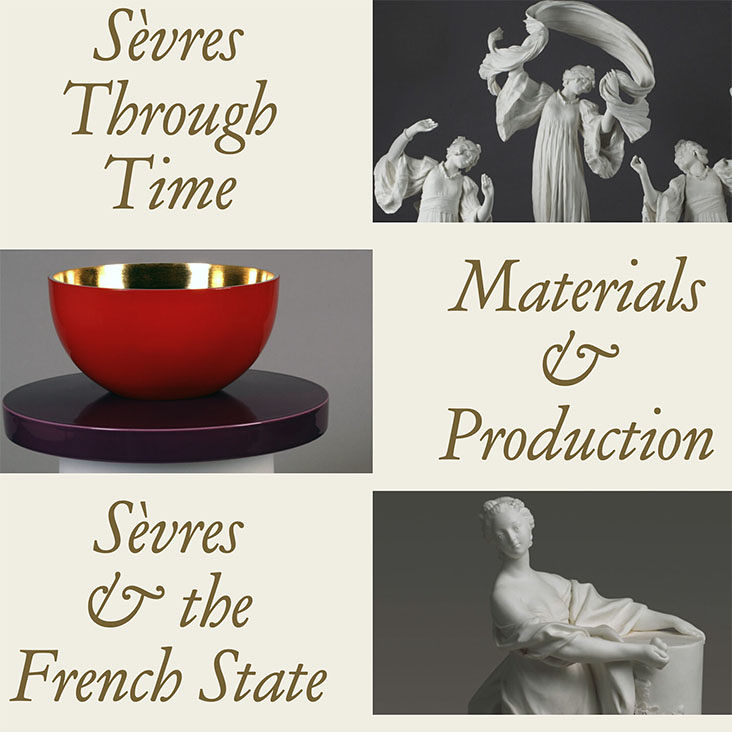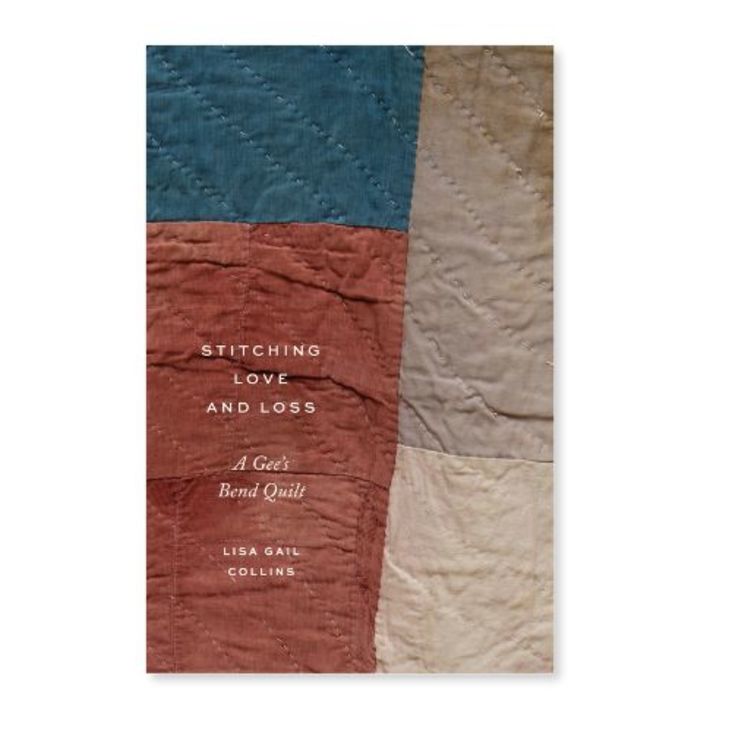On December 7, 2017, Bard Graduate Center Professors
Aaron Glass and
Jennifer Mass
led a research trip to the American Museum of Natural History with students in
the fall seminar course, “Native Arts of the Northwest Coast: Ethnography,
Museums and Conservation,” co-taught by Glass and BGC Andrew W. Mellon Fellow
Jessica Walthew.
The students had been conducting original research on Indigenous objects from
British Columbia as part of course work in preparation for a 2019 Focus Project
exhibition on Franz Boas and early ethnology. While most of their research
focused on library and archival resources, the students working on AMNH
materials had the benefit of direct object study.
The purpose of this visit was to conduct portable XRF (x-ray
fluorescence) testing, a non-destructive analytical technique used to determine
the elemental composition of materials. XRF testing determines the chemistry of
a surface by measuring the fluorescent (or secondary) X-rays emitted from the
object when it is excited by a primary X-ray source—in this case, a small
hand-held spectrometer visible in the accompanying photo. Mass demonstrated the
technique through analysis of five objects requested for exhibition loan: two polychrome
wooden masks, a large carved and partially painted wooden settee back, and two
engraved and pigmented copper plaques (one visible here).
In some cases, the testing confirmed prior assumptions. For
example, traces of red pigment on the settee proved to be vermillion (mercury
sulfide), likely commercial pigment obtained in the fur trade and common in
late-nineteenth century objects from the Northwest Coast. However, new insight
was provided on every object, raising questions for further research. We had
assumed both masks were painted red with vermillion, however they turned out to
contain iron oxide (either naturally occurring or commercial red
ochre/hematite) as well as calcium. While one mask’s black pigment showed traces
of phosphorous (suggesting the use of bone black), the other mask and the
settee were painted with magnetite (black iron oxide), a reflective pigment
often mistaken for graphite. One mask has traces of titanium on the interior
surface, possible residue from the white face paint of the dancer who wore it.
Some of the most interesting results concerned the two
coppers, neither of which are well documented in museum records. While the one
pictured above showed evidence of electrolytic refining (which dates the sheet
copper, of European manufacture, after 1850), the other copper has traces of
lead, antinomy, and tin, suggesting a less refined, “dirty” alloy (possible
evidence of a cheaper commodity form). Most significantly, this copper was
blackened with a carbon-based pigment (to which XRF is not sensitive), likely
wood pitch. However, the other one was patinated with selenium, a common
Euro-American mode of black patination in the nineteenth century and likely
evidence of a commercial, rather than strictly Indigenous, context of
manufacture. This last finding helped confirm Glass’s hypothesis, based on
iconographic and archival evidence, that the second copper is a detailed
replica (based on an illustration in one of Boas’s books) produced within the
thriving souvenir trade of the early twentieth century.
Through the cooperative relationship of BGC and AMNH, and
the scientific expertise of Mass, our students were exposed to technical
research methods that deepened our understanding of five particular objects,
raised new questions for additional investigation, and provided detailed
insight for the 2019 exhibit. We found the encounter so gratifying that we
decided to feature the XRF analysis, along with its implications for object
conservation, in the exhibition itself as a contribution to the BGC’s larger,
Mellon-funded initiative on “Cultures of Conservation.”
—Aaron Glass and Jennifer Mass














